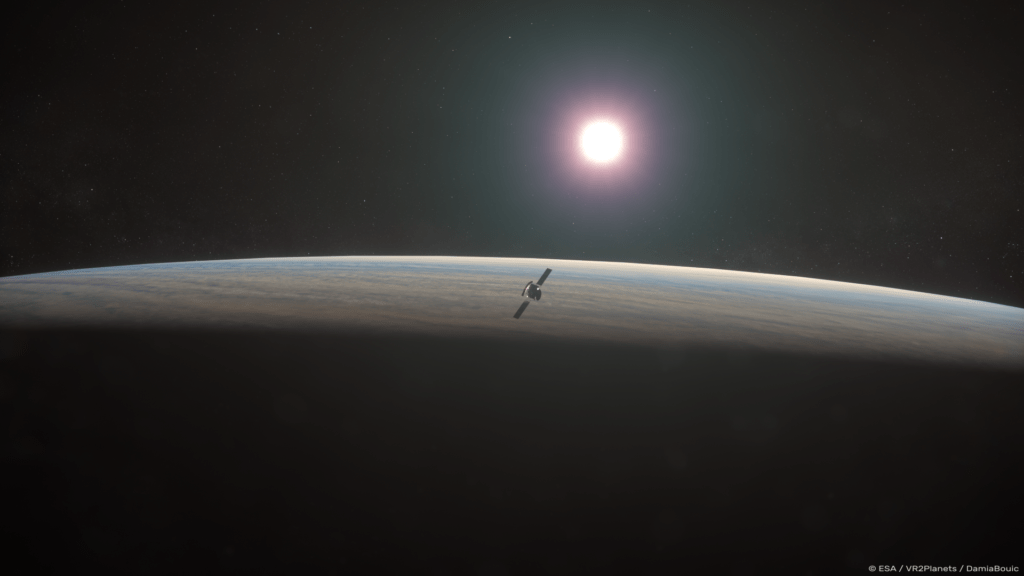The European Space Agency (ESA) had given the go-ahead to a mission to study the geology and atmosphere of the planet Venus, Earth’s closest neighbour.
The question behind the mission: was the planet once habitable, and if not, why has Earth, as third from the Sun in a solar system of eight/nine planets, turned out to be the only one able to support life as we know it?
The project is named EnVision, and has the support of researchers from the University of Oxford, Royal Holloway, a college of the University of London, and Imperial College London. It forms part of the ESA’s Cosmic Vision programme.
The EnVision mission is expected to cost €610 million, and will look at “past and present volcanic activity and the key volcanic gases that sustain its clouds and hostile environment,” the agency said.
In size, composition and distance from the Sun, Venus is the closest planet to Earth in the solar system, and the international team of researchers will study samples from the planet’s interior, surface and atmosphere, comparing them to known data from Earth, in an attempt to figure out why the two neighbours followed such divergent paths.
“When they initially formed, Earth and Venus were probably once quite similar, with oceans of molten rock and thick atmospheres of carbon dioxide and steam,” the ESA said.
“But Earth evolved to become the habitable planet we enjoy today; Venus may or may not have had a habitable phase with liquid water oceans before developing a runaway greenhouse effect which today cooks its surface to an inhospitable 450 degrees Centigrade.”
“I have been working towards getting ESA to choose a Venus mission for over 15 years now, including balloons, probes and landers, and we have been developing this orbiter proposal since 2009,” said Dr Colin Wilson, senior research fellow at Oxford’s department of physics and a deputy lead scientist of the mission.
“Today’s announcement comes as a great reward for the huge efforts put in over this time by the whole team of scientists and engineers who have brought us this far. The real work lies ahead of us, of course, in getting the mission realised and to the launchpad; I’m then really looking forward the exciting scientific insights it will yield!”

